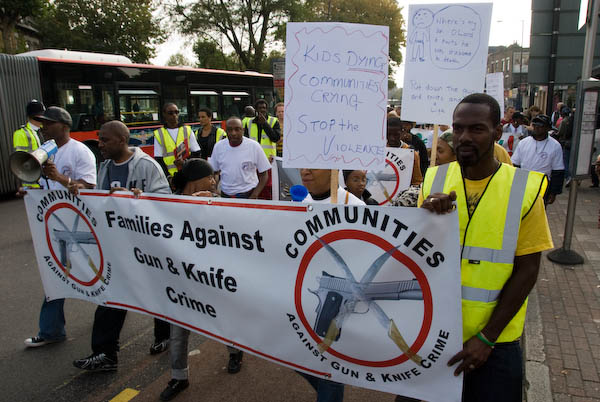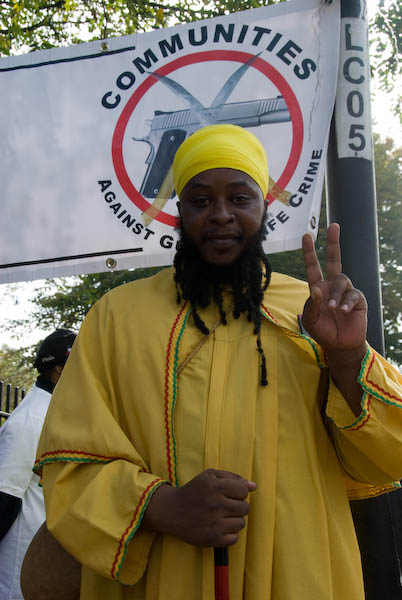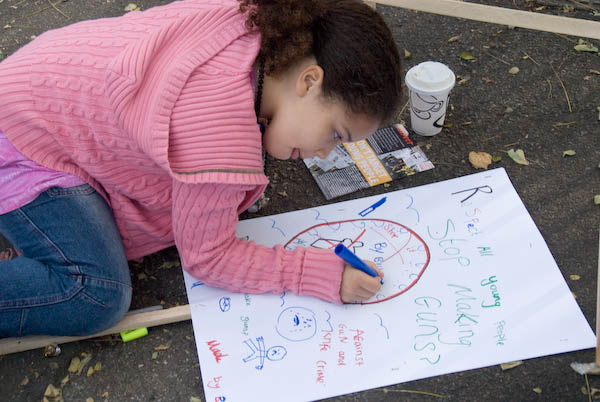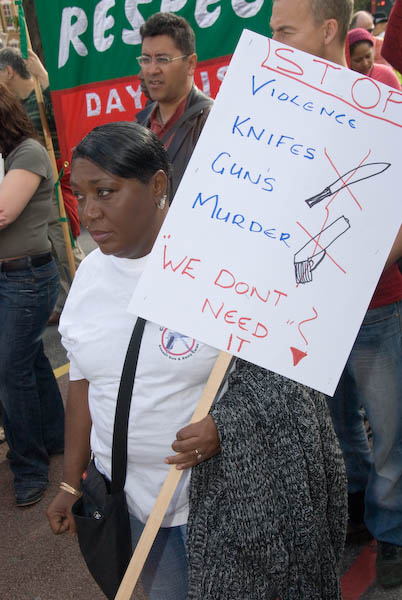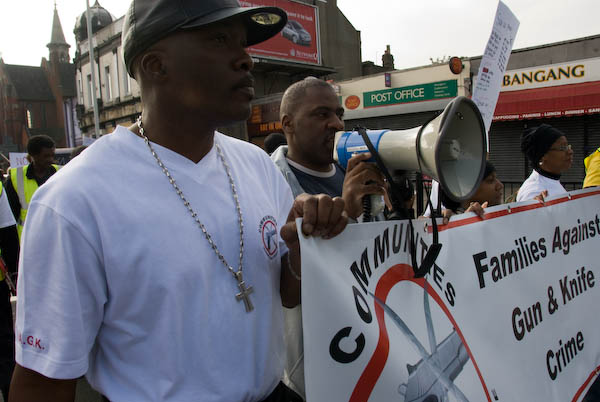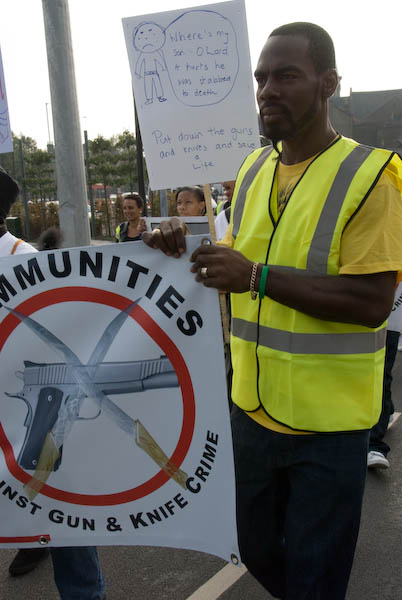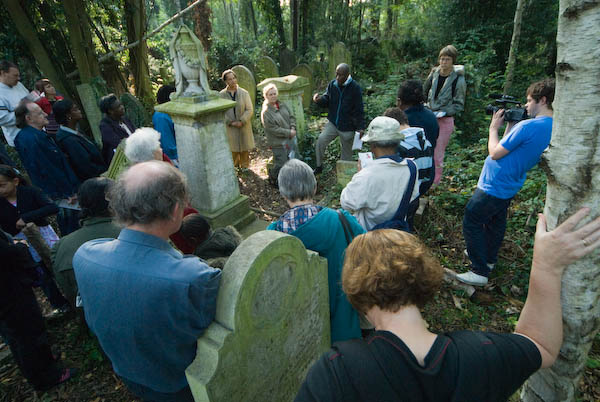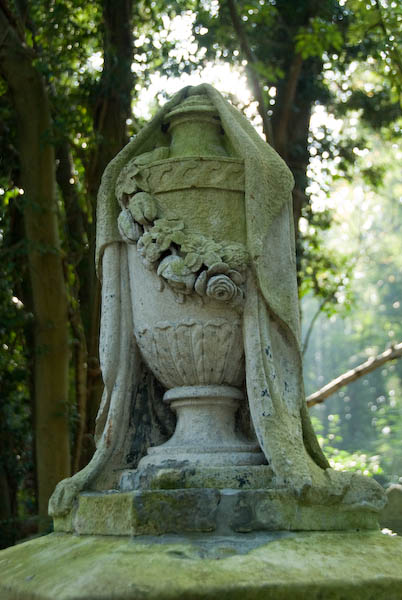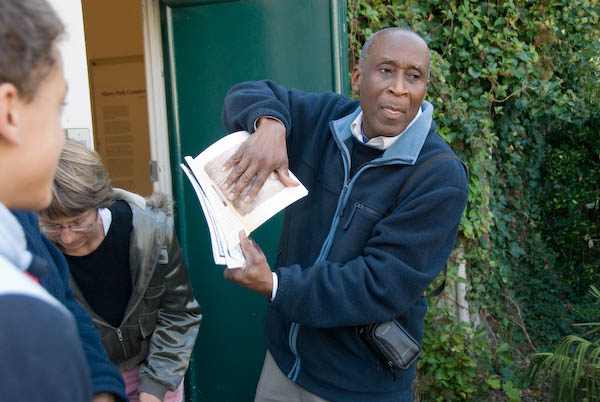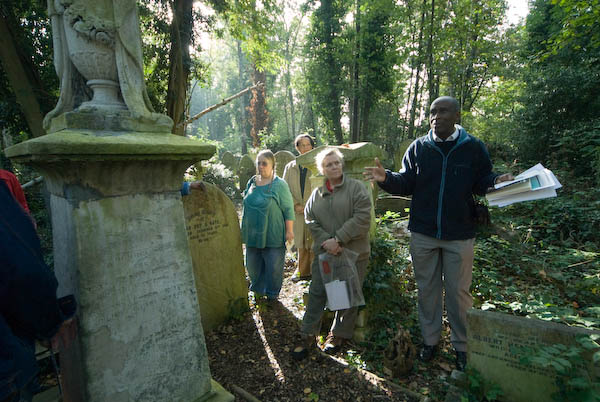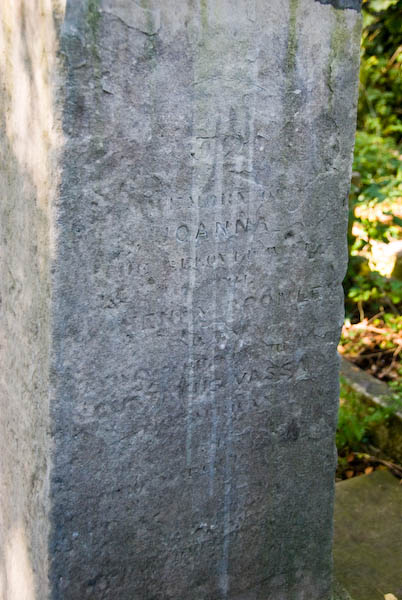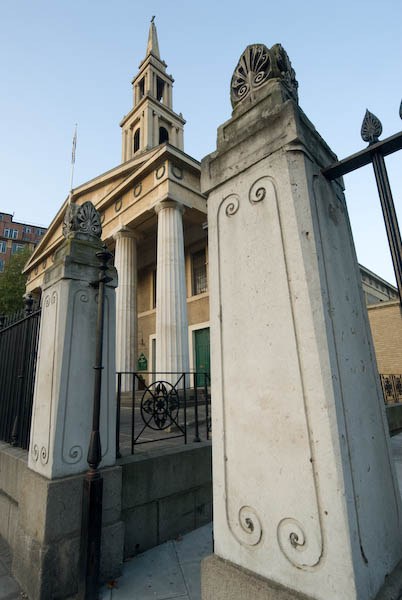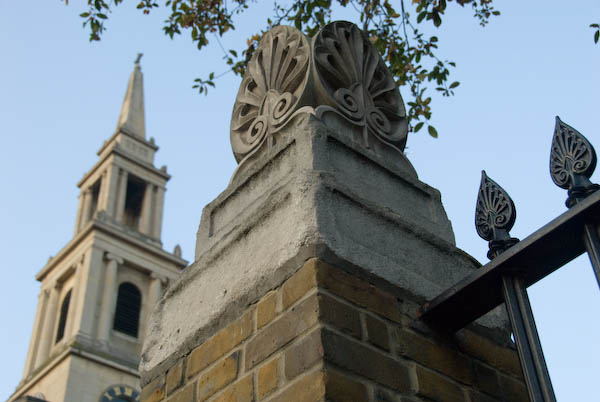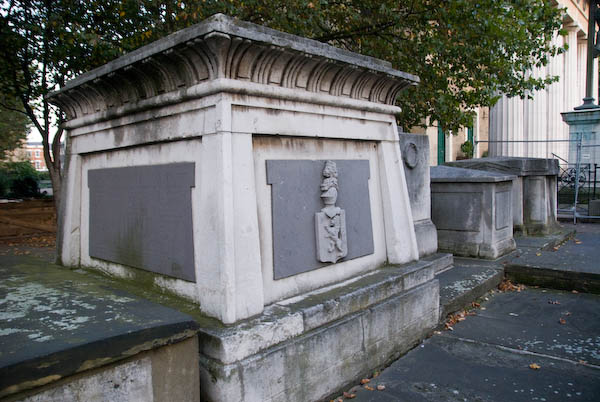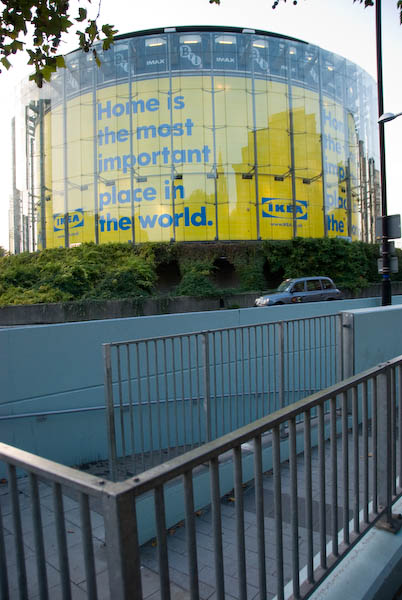Westminster & Waterloo: I’m not sure now why I was in London on Wednesday November 1st 1989, but probably I had been to see an exhibition at the Photographers Gallery during my half-term holiday. I took a slightly longer walk than usual to get back to Waterloo from Soho through Trafalgar Square and then along to Waterloo Bridge and across it to get back to the station.
Back in 1989 there were still people feeding the pigeons in Trafalgar Square and I made this rather atmospheric “contro-jour” image – not my usual kind of thing – I generally try to make pictures about substance rather than effect.
My next frame was a little more like my normal work, though still making use of the backlit water in the fountains.
Adelphi, the district south of Strand was developed by the Adams brothers (Robert and James), and the name is the Greek for brothers. The area here had been the London palace for the Bishop of Durham which had gardens going down the the River Thames and this was demolished for the new buildings. Financially the project was a disaster and they were only saved from bankruptcy by the Adam Buildings Act 1772 which enabled a public lottery to be run to save them.
The headquarters of the Royal Society of the Arts, then the Society for the Encouragement of Arts, Manufactures and Commerce, was built by the brothers between 1768 and 1772 and is said to be London’s first neoclassical building.
Parts of the area were demolished in the early 1930s for the building of the massive Art Deco New Adelphi Building by Collcutt & Hamp finished in 1938. A speculative office building it has since been occupied by a number of well-known companies. The Grade II listed building with sculptures by Gilbert Ledwood has been internally refurbished since I made this picture. There is a public right of way, Lower Robert Street, beneath the building.
I took a few more pictures in the area (not online) before making my way across Waterloo Bridge and onto Waterloo Road where I photographed the decoration on the former Outpatients Department of the Royal Waterloo Hospital for Children and Women.
This had been set up in the City of London in 1816 and was at the time one of very few hospitals that would treat children, though still only as outpatients. It gained the Royal in its title in 1821 when the Duke of York became a patron and moved to this new larger site three years later in 1824. The hospital was rebuilt to designs by Charles Nicholdson in 1903-5. It became part of the NHS in 1948 and closed in 1976.
In its later years it had a notorious psychiatric ‘Ward 5’ which carried out a number of highly dangerous treatments on its patients which led to deaths and other deleterious effects. On my 1990s map it is a part of King’s College.
This fine building was built in the aftermath of the Napoleonic Wars when the population of London was expanding rapidly and the Houses of Parliament voted a sum not exceeding a million pounds for the building of new churches to serve areas with large populations “more particularly in the Metropolis and its Vicinity.”
It was one of three churches designed by Francis Octavius Bedford in this project, and they were all built in what was then becoming an unfashionable Greek Revival style, completed in 1824.
The church was badly damaged in the Second World War in 1940, and stood without a roof and with much of the interior destroyed for almost ten years, with services taking place in the crypt. It was restored in 1950 with its interior in a ‘Festival of Britain’ style though some original parts remain, and was rededicated as the Festival of Britain Church. It is Grade II* listed.
I went across the road to Waterloo Station in time to catch my train home.
Flickr – Facebook – My London Diary – Hull Photos – Lea Valley – Paris
London’s Industrial Heritage – London Photos
All photographs on this page are copyright © Peter Marshall.
Contact me to buy prints or licence to reproduce.







